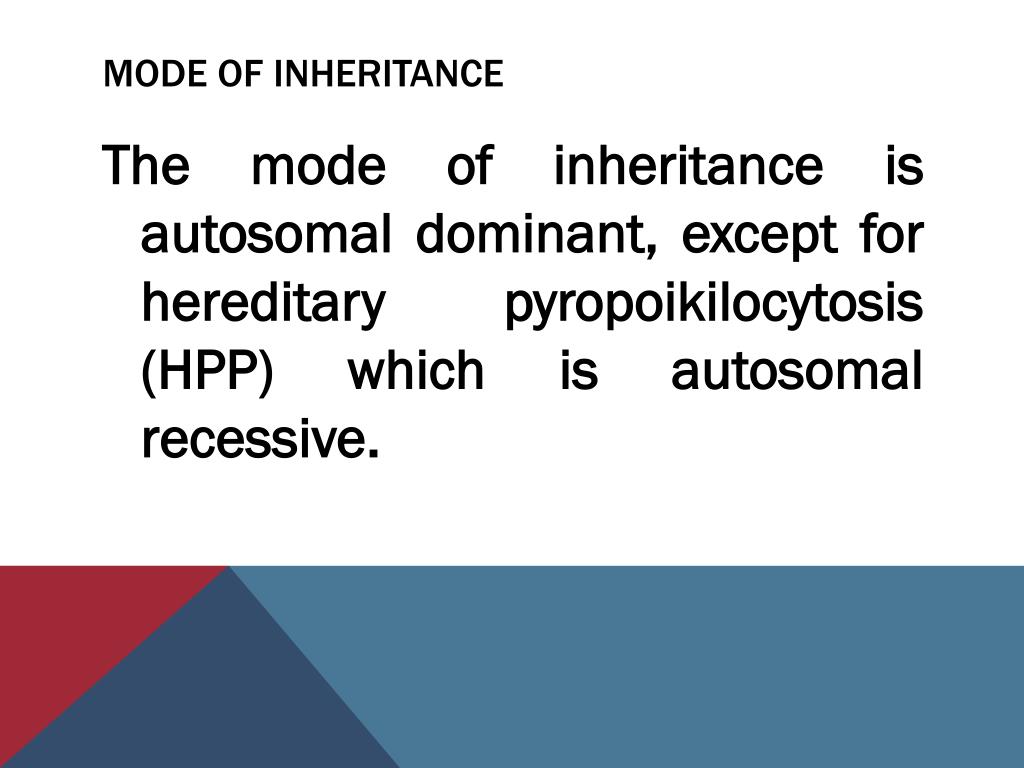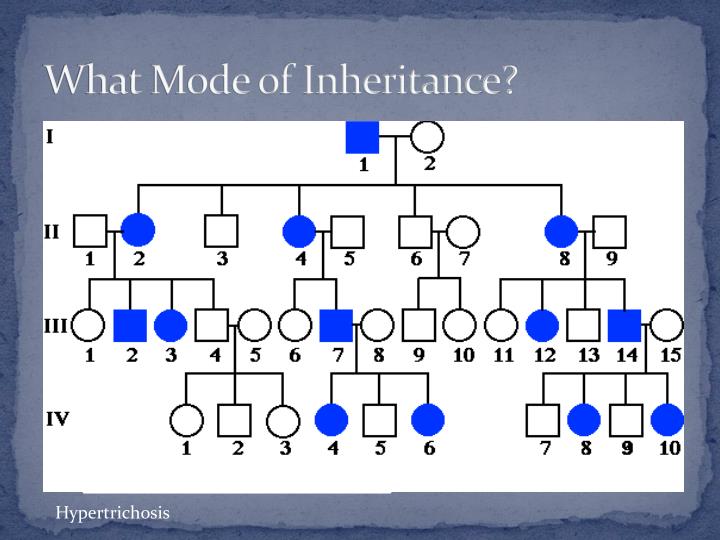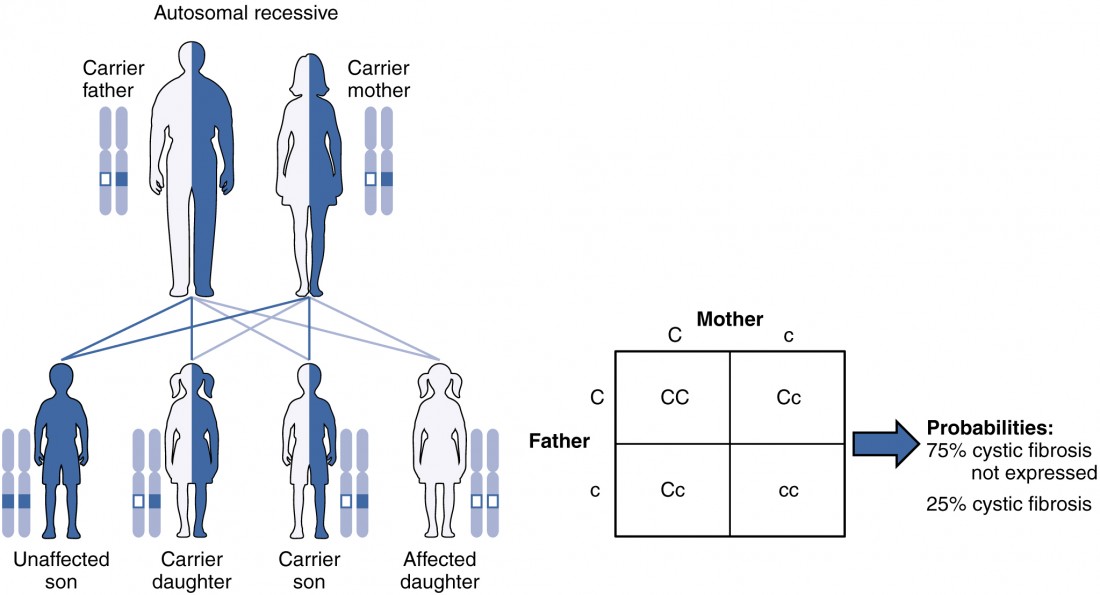
X-linked inheritance differs from autosomal inheritance in that the causal mutation is located on the X sex chromosome.

DNA test can detect all animals with the disease genotype. Because not all individuals with the mutation show signs of the disease, it is recommended to use DNA tests when planning mating. These individuals do not express their genotype but pass it on to their offspring. Most autosomal dominant diseases show incomplete penetrance, meaning that not all individuals carrying the mutation show signs of the disease. An individual who has one affected and one healthy parent has a 50% chance of being affected. In autosomal dominant mode of inheritance one of the parents of the affected individual is also affected. This type of inheritance is characterized by the absence of healthy carriers, males and females being affected with equal frequency, and equivalent transmission to offspring from males and females.


The main problem with this mode of inheritance is posed by healthy carriers, which can only be detected by DNA testing. If we breed two healthy carriers, we can statistically expect a quarter of the affected offspring. A higher frequency of the disease occurs in the case of inbreeding. Affected individuals usually have healthy parents (carriers). This type of inheritance is most frequent when talking about simple genetic diseases in dogs. An autosomal recessive disease requires the presence of two mutated alleles for its expression. This type of inheritance is characterized by the presence of healthy carriers, males and females being affected with equal frequency, and equivalent transmission to offspring from males and females. There is also exclusive maternal inheritance, which is linked to mitochondrial DNA. There are 5 simple modes of inheritance: autosomal recessive, autosomal dominant, X-linked recessive, X-linked dominant, and Y-linked inheritance. The mode of inheritance can be simple (a trait is controlled by one mutation) or complex (a trait is controlled by several mutations and environmental factors). Once the result of the DNA test is known knowledge about the mode of inheritance is crucial for further breeding (eradication of the disease, breeding of the desired traits). They enable us to confirm the cause of a certain genetic disease or trait. With improvements in the field of genetics, many dog DNA tests have been developed. Currently, more than 400 breeds of dogs are recognized, each of which is unique in terms of specific characteristics, but also has a specific burden in terms of genetic diseases. With careful selection and inbreeding, desirable traits were fixed within each breed, but at the same time there was an unintentional fixation of undesirable traits such as genetic diseases, morphological anomalies, and various predispositions. Each breed arose from a small number of founder animals selected by man based on their behavioural (e.g., guarding, hunting…) and morphological characteristics (e.g., body size and shape, coat colour, coat length…). Purebred dogs as we know them today are the result of intensive selection over the last few hundred years, which from an evolutionary point of view represents a recent event.


 0 kommentar(er)
0 kommentar(er)
